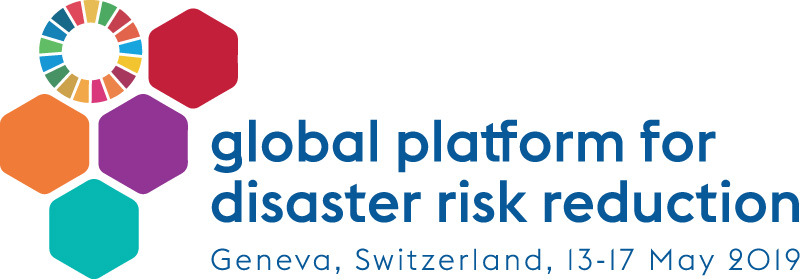Do's and Don'ts of Disaster Risk Reduction Strategy Development
- Organizer(s)
- Capacity for Disaster Reduction Initiative (CADRI) Partnership Secretariat
- Contact
- Saskia Carusi; Mirna Abu Ata; Ioana Creitaru (ioana.creitaru@undp.org)
With the year 2020 fast approaching, countries have made a significant effort to design national and local disaster risk reduction (DRR) strategies in line with their commitments under the Sendai Framework for DRR for Resilience. DRR strategies are meant to articulate a shared vision and priorities for DRR with the view to ensure that efforts are coordinated and coherent across sectors and actors. Taking a whole-of-government and whole-of-society approach is required to ensure an integrated and coherent response to tackle disaster risk. A people-cantered risk reduction approach committed to the principle of “leaving nobody behind” is equally important. The participation of all socio-economic sectors, civil society and private sector in the planning and prioritization process is critical for national and local DRR strategies to be meaningful, grounded on realities, and effectively implemented.
Recognizing these critical requirements, the session will bring together various countries to showcase the progress made towards the achievement of Global Target e) of the Sendai Framework on DRR strategies and share their experience and lessons learned in developing and implementing national or local DRR strategies.
This side event will highlight different approaches in developing and implementing national or local DRR strategies, including:
• How to facilitate an inclusive process of planning and prioritization that engages communities and at-risk population groups;
• How to coordinate the socio-economic, environmental and cultural sectors within and outside government effectively;
• How to ensure coherence among administration levels, from national to local levels, and what distinguishes the process of developing a national DRR strategy and local DRR strategy;
• How to involve civil society organizations and non-governmental organizations in the planning and prioritization processes;
• How to incentivize the participation of the private sector;
• How to ensure coherence among DRR, climate change, and sustainable development strategies and plans
• When a DRR strategy should be developed through a stand-alone process, and when it should rather be integrated in the national development planning process.
